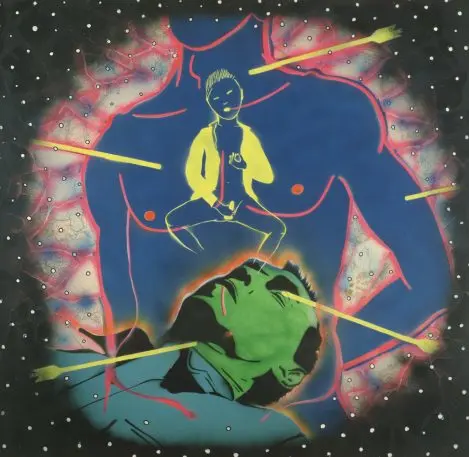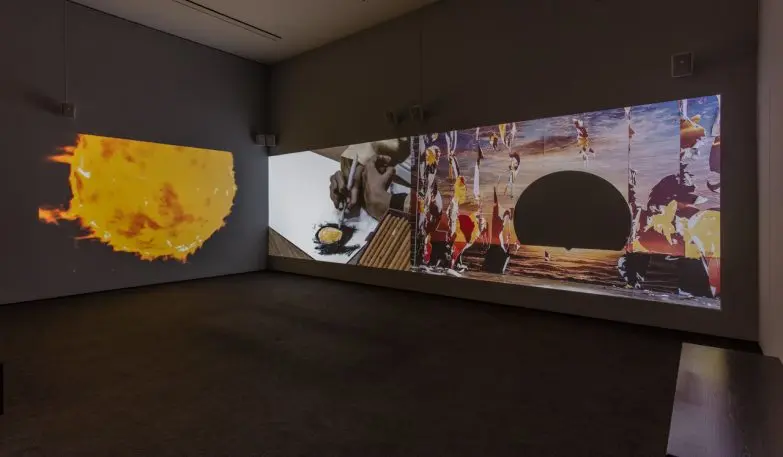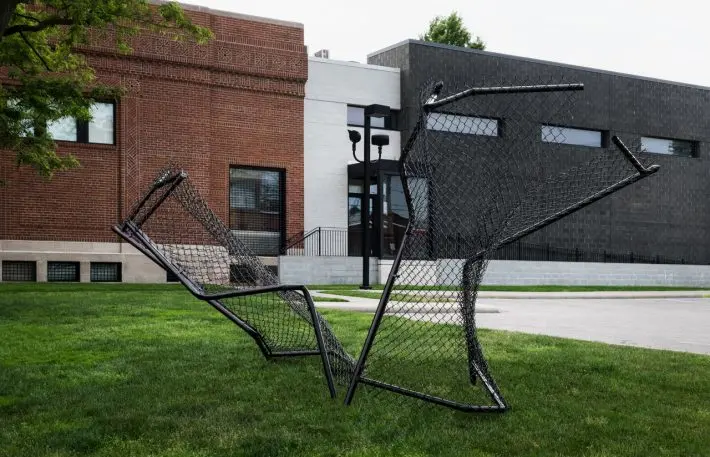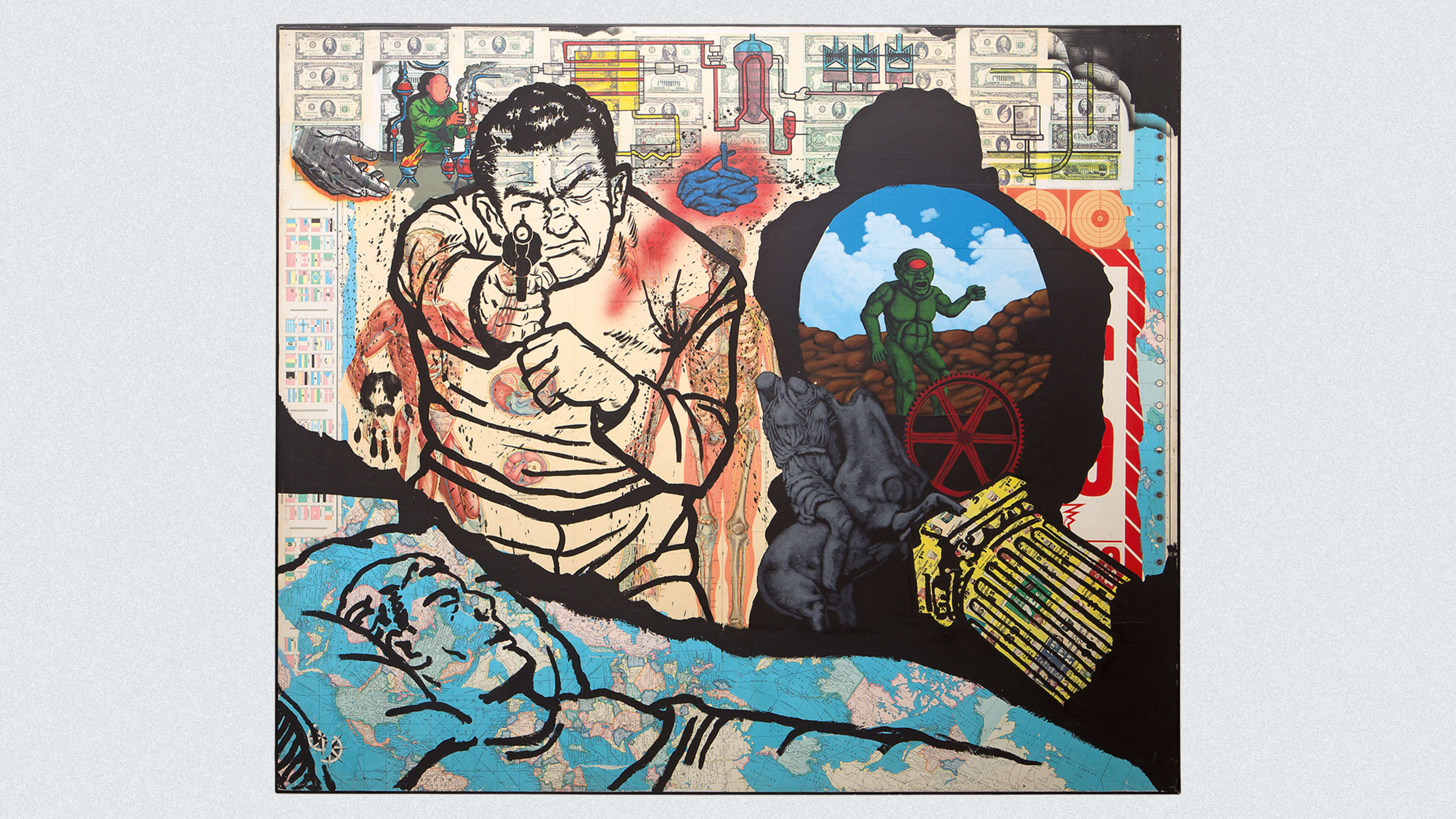For the last 30 years, the goal of The Warhol Foundation’s grants for advancing visual arts has been to “explore new territory, take creative risks, and engage with issues relevant to our contemporary moment”. But with the world heating up, and the country shifting toward nationalistic, isolationist, and discriminatory agendas today’s creatives are becoming particularly proactive. “This work is inspiring at a time when many groups in this country feel threatened—women, people of color, the LGBTQ community, to name a few,” added Warhol president Joel Wachs in a statement about the current grants.
This year, the foundation awarded $3.6 million to 42 different organizations as part of its annual round of spring grants. That’s just part of what the organization, which operates a $300 million endowment, is slated to give out this year. Warhol awards $14 million total annually, including $8 million in biannual grants.
The majority of that money has been devoted to exhibitions, programming, and scholarly publications centered around a common theme: vexing social and environmental problems. “There’s a sense that everything is imperiled, so artists’ responses run the gamut,” says Rachel Bers, the foundation’s program director in an email to Fast Company. “Projects address climate change, racial and gender inequity, gentrification, and housing issues, as well as freedom of artistic expression.”
Each grantee receives between $35,000 and $120,000 depending on the ambition of the project. Many of these groups are community -related art spaces with budgets of less than $1 million, so the money goes a long way. It’s not hard to find examples of what this work might look like.
Several of Warhol’s previous activist-related grantees are exhibiting this around the country this summer. That includes “History Keeps Me Awake at Night” at the Whiney in New York, an exhibit that features the work of the late David Wojnarowicz, who used a wide range of techniques including blending photography with painting and graffiti to document the AIDS crisis and cultural backlash that surrounded it.

At UCLA’s Hammer Museum, there’s “Made in L.A. 2018” a collection from 32 artists, some of which tackles “climate change and its repercussions, and the relationship the land, capitalist expansion and violence” according to the museum’s website. One example: Neha Choksi’s “The Weather Inside Me”—a video installation that features different looks at the power and influence sunshine.

Warhol also funded a series of commissions that have popped up around Cleveland for FRONT International, that city’s triennial for contemporary art. The entire theme of the related exhibits, films, and programming addresses the “politically urgent conditions” of that city in a variety of ways. Warhol’s funding enables work from artist like A.K. Burns, who installed a sculpture made of twisted chain link fencing outside a transformer station, leaving it up the viewer to contemplate the different meanings of that crumpled cage, urban life, and access to power.

This year’s list includes programming support for the arts and community engagement group Project Row Houses in Houston, which works to create opportunities for artists, young mothers, and small businesses. Another recipient is Los Angeles Poverty Department in Los Angeles, which uses theatre and art to highlight the challenges and successes of people in LA’s low-income and often homeless Skid Row community.
Internally, the foundation thinks about racial and gender parity among its grantees too. The Museum of the African Diaspora in San Francisco received support for an exhibition called “Coffee, Rhum, Sugar & Gold: A Postcolonial Paradox” and seven of the eight retrospectives highlighting career contributions of important artists went to women.
As Bers puts it: “The foundation makes grants to support artistic practice, not social causes per se, but our grants often support the work of artists who are engaged with social and political issues.” That trend looks destined to continue.
Recognize your brand’s excellence by applying to this year’s Brands That Matter Awards before the early-rate deadline, May 3.
